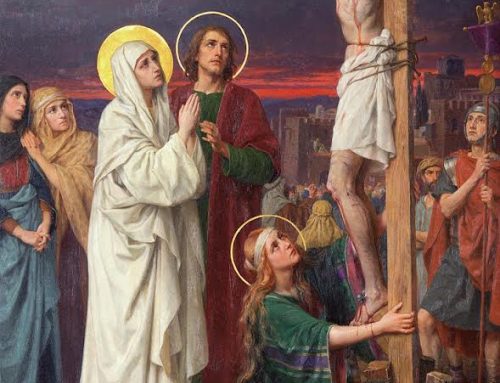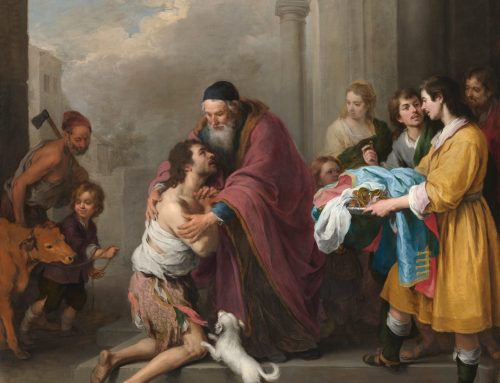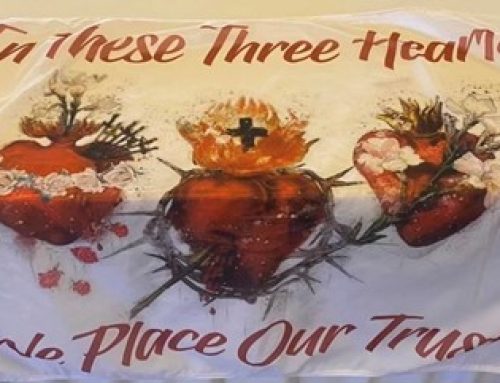
From the earliest days of Christianity, burial of the body was the universal and unquestioned practice of the Church. The early Christians followed the example of Jesus Christ, who was buried after His crucifixion (Luke 23:50–56). Burial of the body symbolized not only respect for the body but also belief in the resurrection of the dead, a central tenet of Christian faith. In contrast, cremation was common in many pagan cultures of the ancient world, especially in Rome and Greece. Pagans often viewed cremation as a means of destroying the body completely, reflecting their disbelief in bodily resurrection. Because of this association, early Christians strongly rejected cremation as incompatible with their faith. To burn a body was often seen as denying the Christian hope in resurrection and eternal life.
The Church Fathers, including St. Augustine and St. Jerome, emphasized the sacredness of the human body and its destined glorification at the end of time. Although they acknowledged that God could resurrect a person regardless of the state of their remains, they insisted that the body should be treated with reverence and buried in imitation of Christ. By the Middle Ages, full burial of the body had become an essential part of Christian culture, deeply entrenched in tradition and canon law. The Church continued to strictly prohibit cremation. Those who ordered or carried out cremation could face excommunication, since the act was often interpreted as a rejection of the doctrine of resurrection. Christian cemeteries were viewed as holy ground, and burial within or near a church was a sign of unity with the community of believers, both living and dead. The faithful were buried facing east, symbolizing their expectation of Christ’s second coming.
The idea of cremation re-emerged in the 19th century, largely due to secular and anti- religious movements in Europe including Freemasonry. Advocates of cremation promoted it as a symbol of modernity, hygiene, and freedom from religious tradition. In some cases, it was deliberately used as a statement against the Christian belief in resurrection. In response, the Catholic Church reaffirmed its prohibition. In 1866, what was then called the Holy Office issued a decree forbidding cremation and denying funeral rites to those who chose it as a rejection of the faith. This ban was included in the 1917 Code of Canon Law; canon 1203 read, “§ 1 The bodies of the faithful departed shall be buried, their cremation being reprobated. § 2. If anyone orders that his body be cremated by any manner, it is illicit to execute that desire; and if this was added to any contract or testament or any other act it is considered as not being added.” And further in the 1917 code, canon 1240 § 1 states, “Unless they gave before death a sign of repentance, the following are deprived of ecclesiastical burial: Those who ordered that their body be handed over for cremation.”
However, by the mid 20th century attitudes toward cremation began to change. Many people no longer chose cremation for anti-religious reasons, but rather opted for cremation more so for practical or financial reasons. Recognizing this shift in culture, the Church began to re- examine its strict stance. In 1963, the Vatican issued the instruction Piam et Constantem (Sacred Congregation of the Holy Office), which stated that cremation was no longer absolutely forbidden, provided it was not chosen as a denial of Christian teaching on resurrection. This marked a major change in Church policy. Burial of the body, however, was still strongly preferred as a clearer sign of Christian hope in the Resurrection.
Following Vatican II, the Church’s laws were updated. Canon 1176 §3 from the 1983 Code of Canon Law reads, “The Church earnestly recommends that the pious custom of burying the bodies of the deceased be observed; nevertheless, the Church does not prohibit cremation unless it was chosen for reasons contrary to Christian doctrine.”
In recent times cremation has become more commonplace in the United States, frequently being presented as a more affordable alternative to traditional burial. Often overlooked, however, is the Church’s teaching regarding respect and honor due to the human body. The Order of Christian Funerals’ Appendix on Cremation states: “Although cremation is now permitted by the Church, it does not enjoy the same significance as burial of the body. The Church clearly prefers and urges that the body of the deceased be present for the funeral rites, since the presence of the human body better expresses the values which the Church affirms in those rites” (no. 413).
As we can see, for most of its 2,000-year history, the Church only permitted full body burial; cremation was not allowed. Today, the Catholic Church continues to uphold burial of the body, preferring it to cremation, while allowing cremation when chosen for sincere, non- doctrinal reasons, and always insisting that the body, even in ashes, must be honored as the sacred vessel of a person created and redeemed by God. The Catholic Church holds a deep reverence for the human body as a creation of God and as the temple of the Holy Spirit; this theological understanding has shaped Catholic funeral practices. As St. Paul writes in 1 Corinthians 6:19, “Do you not know that your body is a temple of the Holy Spirit within you?” Because of this sacred dignity, the Church teaches that the body deserves respect both in life and after death. Burial of the body reflects this reverence by allowing the body to return naturally to the earth from which it was made, symbolizing the words of Genesis 3:19. “For you are dust, and to dust you shall return.”
While cremation is permitted under certain economic, environmental, or health conditions, the ashes must be treated with the same respect as the body. Cremation should take place after the funeral Mass and the cremains interred in a sacred place, either a cemetery or blessed columbarium. Ashes may never divided, scattered, or kept in the home, nor may they be turned into objects of display, jewelry, etc. Nevertheless, a full body burial remains the fullest expression of Catholic reverence for the human person, the hope of the Resurrection, and trust in God’s promise of life everlasting.





Leave A Comment